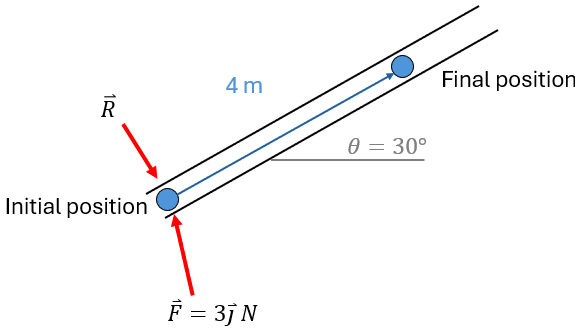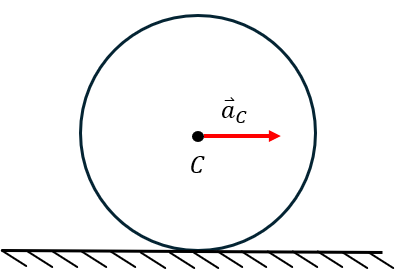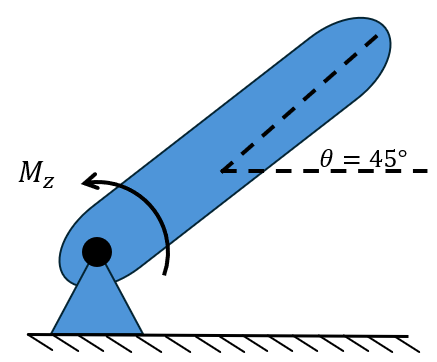Work and energy
Potential energy
Kinetic energy
Summary
Total energy
Kinetic
Potential
Work
Work done by a force
Conservative vs non-conservative forces
A conservative force is one such that the work done by the force only depends on the initial and final positions of the object (i.e independent of the path taken by the object). Examples of conservative forces are gravity and spring force, where only the initial and final displacements are needed to calculate the work done by those forces. Examples of a non-conservative force are any type of drag forces (e.g friction, air resistance).
The diagram below illustrates different paths and the work done by a conservative forces vs. a non-conservative force.
If the force moving an object from point \(A\) to point \(B\) was conservative, the work done by that force in all paths is equal. If the force was non-conservative, the work done by that force is not equal, and it depends on the path length.
Work done by friction
Work done by friction can be positive, zero, or negative.
Friction
| Stick | Transition | Slip |
|---|---|---|
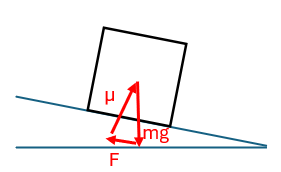 |
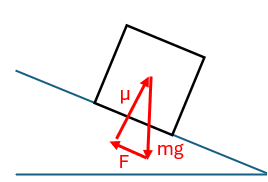 |
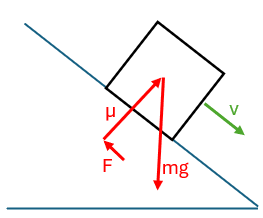 |
Solution procedure
Known Case
- Determine case: stick, transition, slip (and direction)
- FBD, equations of motion (or statics), solve
Unknown Case
- Try stick
- Assume \( v_{px} = 0 \) and \( a_{px} = 0 \)
- Solve for N, F
- Check \( |F| \leq \mu |N| \)
- Try slip
- Assume \( F = \mu N \) (in one direction)
- Solve for motion of contact point and N, F
- Check \( v_{px} \neq 0 \) or \( a_{px} \neq 0 \) and \( \hat{F} \) opposed motion (\( \hat{v} \) or \( \hat{a} \))
- Otherwise
- Assume \( F = \mu N \) (in opposite direction) and resume from step B.2
